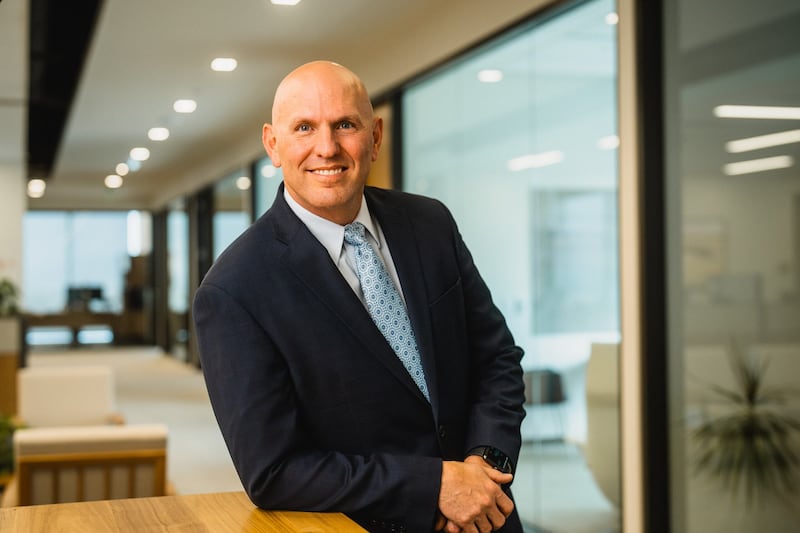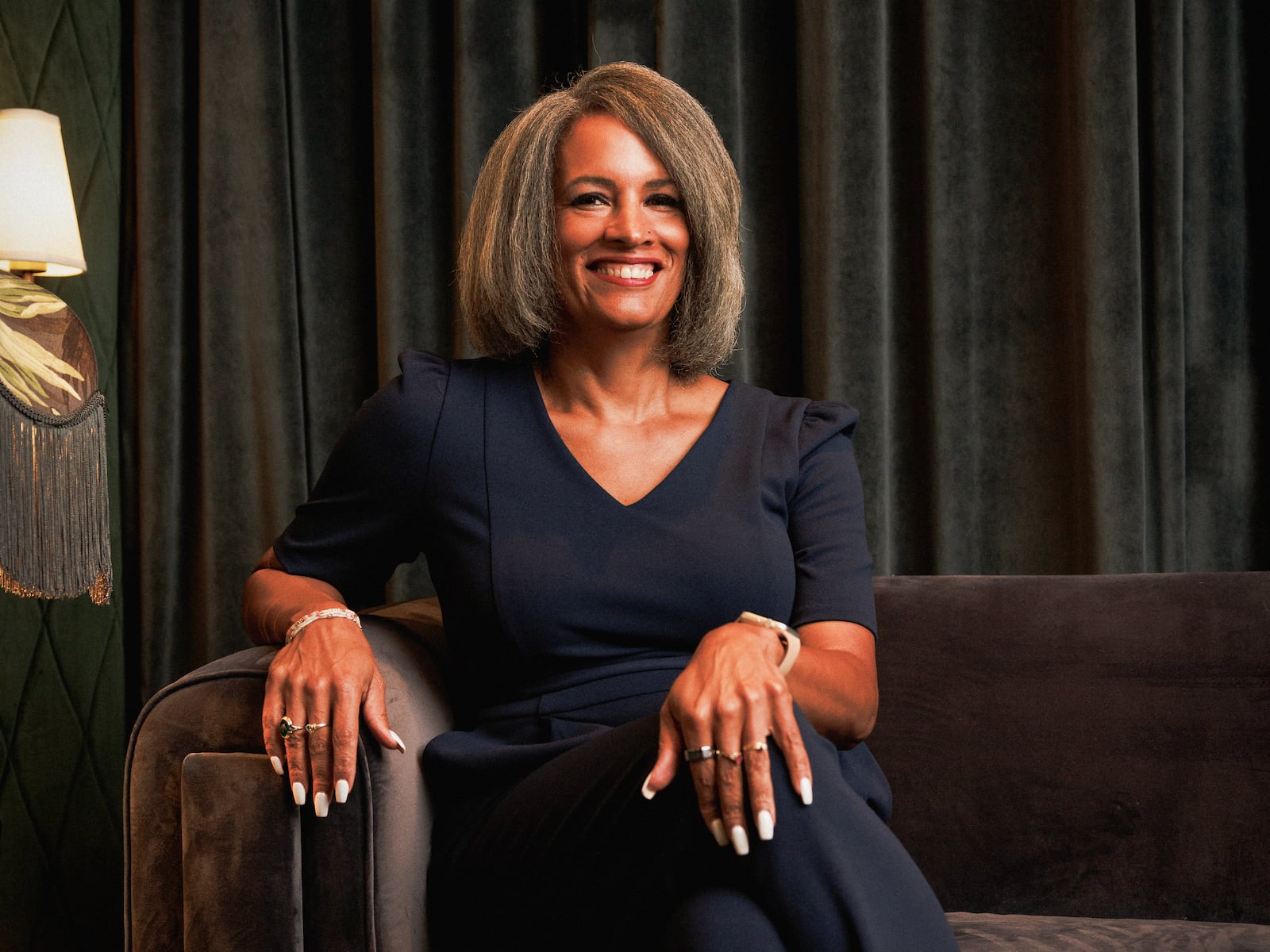This article spotlights esteemed experts slated to present at Utah Business Forward. With six distinct tracks covering acquisition, AI, branding, entrepreneurship, people and culture, and performance, this dynamic event will take place on November 20, 2024, at the Grand America Hotel in Salt Lake City.
What return-to-work plan have you implemented? How did you roll it out, and how did employees react?
Connie Washington | VP, People Partners & DEI | Progressive Leasing
We really listened to our employees. The consistent feedback we received was that they did not want to come back into the office. So, we pivoted to a virtual hub model for our contact center employees. We bring them together routinely for key meetings, communication and celebrations. They appreciate the flexibility that this approach allows. We have also realized that productivity has not suffered at all. We are still looking for ways to continue to build connections in a remote environment, but overall, we are happy with where we have landed on this topic.
It didn’t require much rollout. We informed our employees that we would not be requiring them to come back into the office, and this message was very well received. We also eliminated one of our office locations since we no longer needed it. Our employees have reacted very positively. They were pleased that they could continue to work from home, which supports the flexible lifestyle that they have come to enjoy.

Linda Llewelyn | Chief People Officer | Health Catalyst
In March 2020, Health Catalyst went fully remote. To this day, we continue to be a remote-first company. Team members are also welcome to work from the South Jordan headquarters office. Health Catalyst is, however, a highly distributed workforce. As such, not every team member has an office from which to work. We’ve heard from some team members that collaboration is more difficult being remote, and there’s certainly something to be said for the benefits of “connecting” live rather than by Zoom.
For the most part, continuing to be remote-first works well for us. Our team member engagement continues to be high; in fact, in our most recent Gallup survey, we ranked in the 94th percentile. Being remote-first works well for Health Catalyst in part due to important steps taken years ago by the executive leadership team. The culture Health Catalyst has created and continues to support sets us up to be a successful remote-first company. We have always treated our team members with a high level of trust and have always discouraged micro-managing. We have always encouraged team members to work a schedule that ensures they get the job done but doesn’t cause them to miss their kid’s school play or afternoon soccer game. We trust our team members to do their jobs in ways that work best for them. By demonstrating trust with team members, they generally reciprocate by going above and beyond in their careers.

Trent Savage | Chief Human Resources Officer | Mountain America Credit Union
If 2020 taught us anything at Mountain America, it’s that we can adjust to anything! One of our key learnings is that we thrive when we have a more flexible work environment. Since we are a member-facing service organization, we will always strive to balance the desires of our team members with the needs of our members.
Post-COVID-19, we felt there were three options when it came to flexibility: remote-first, flexible-friendly or in-office. Each business unit leader addressed the strategy for their respective organization, and we established a site for people to read how it works. Time spent working in office vs remotely is different for each team. Our key governing principle is to be available or in office at the level needed by key stakeholders.
We rolled this out with a message from our CEO on the overall strategy and governing principles. It was received very positively as it enabled flexibility to support our team members.
Why is it important for companies to create spaces where employees enjoy going to work?

Arian Lewis | Co-Founder & CEO | Kiln
The workplace is more than just a space — it can be a competitive advantage and a hub of creativity, collaboration and learning. In today’s fast-paced world, employees thrive when they’re part of a community that inspires them and challenges them to grow. That’s why, at Kiln, we design spaces that cultivate connections between talented individuals and teams, where ideas flow freely and people push each other to achieve their best work.
It’s about creating an environment where people come not just to work, but to engage, learn and be part of something bigger. When your team members are surrounded by others who are doing great things, it’s motivating and drives innovation and growth. Companies that successfully create these types of dynamic and interactive cultures also attract and retain top talent — and see the most success.
Most companies are still figuring out what the best model is in a hybrid-oriented world, but they are recognizing the importance of gathering to collaborate face-to-face, coach and mentor, and create cultural connections. Coworking/flex office offers a turnkey solution for companies to provide their teams with amazing work and gathering spaces, community, and resources so they can thrive on both a professional and personal level.

